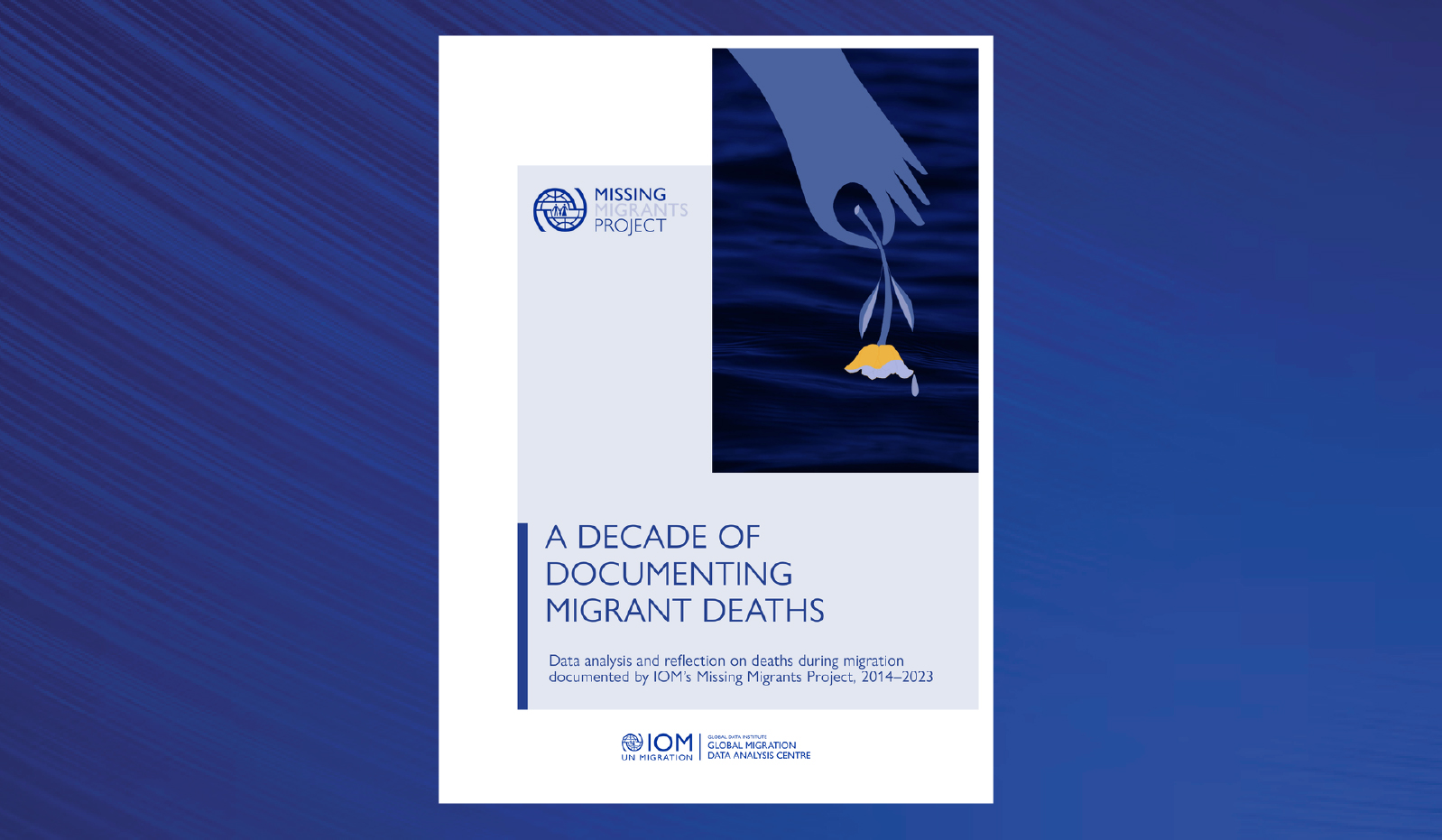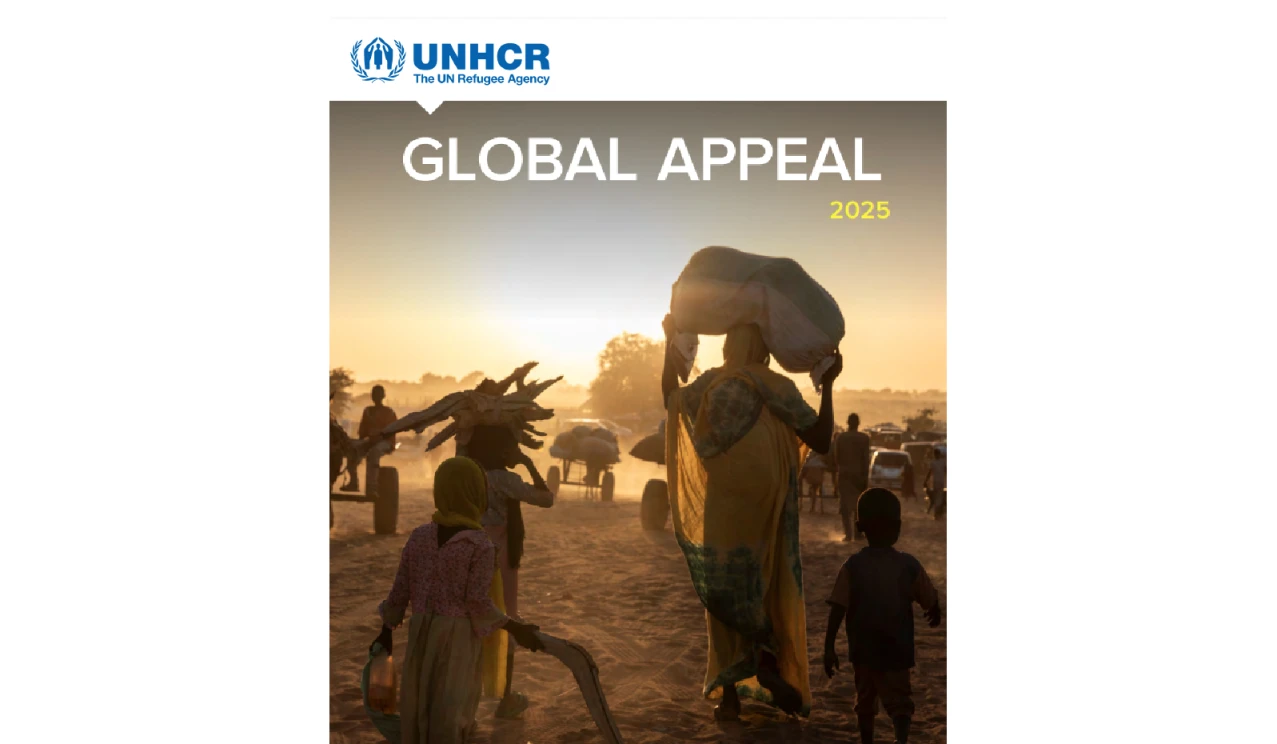Forced Displacement refers to situations of persons who leave their homes due to factors like persecution, violence, human rights violations, disasters etc.
Key Highlights:
- Estimated 123.2 million people worldwide were forcibly displaced at the end of 2024 (Children account for 40% of all forcibly displaced people).
- Slightly more than one-third of all forcibly displaced people globally were Sudanese, Syrian, Afghan or Ukrainian.
- 73.5 million people remained internally displaced at the end of 2024.
Challenges posed by Forced Displacement:
- Vulnerable to food insecurity: Due to disrupted livelihoods, dependency on aid, and logistical challenges in refugee camps or conflict zones.
- Public expenditure shock: Increase in government spending on the part of host government.
- Social Tensions: Competition over scarce resources can lead to tensions between host communities and displaced populations.
- Unemployment Issue: Changes in labor and consumer market results in loss of employment/wages for informal, low-skilled, young and female workers of host country.
Initiatives Undertaken for Forced Displacement:
- Global Compact for Migration (2018): Adopted by majority of UN Members, Provides framework for international migration.
- It is non-legally binding.
- Global Program on Forced Displacement (GPFD: Established in 2009 by World Bank to enhance the global development response to forced displacement.
About UNHCR
|






